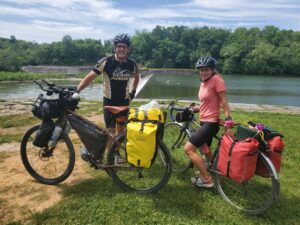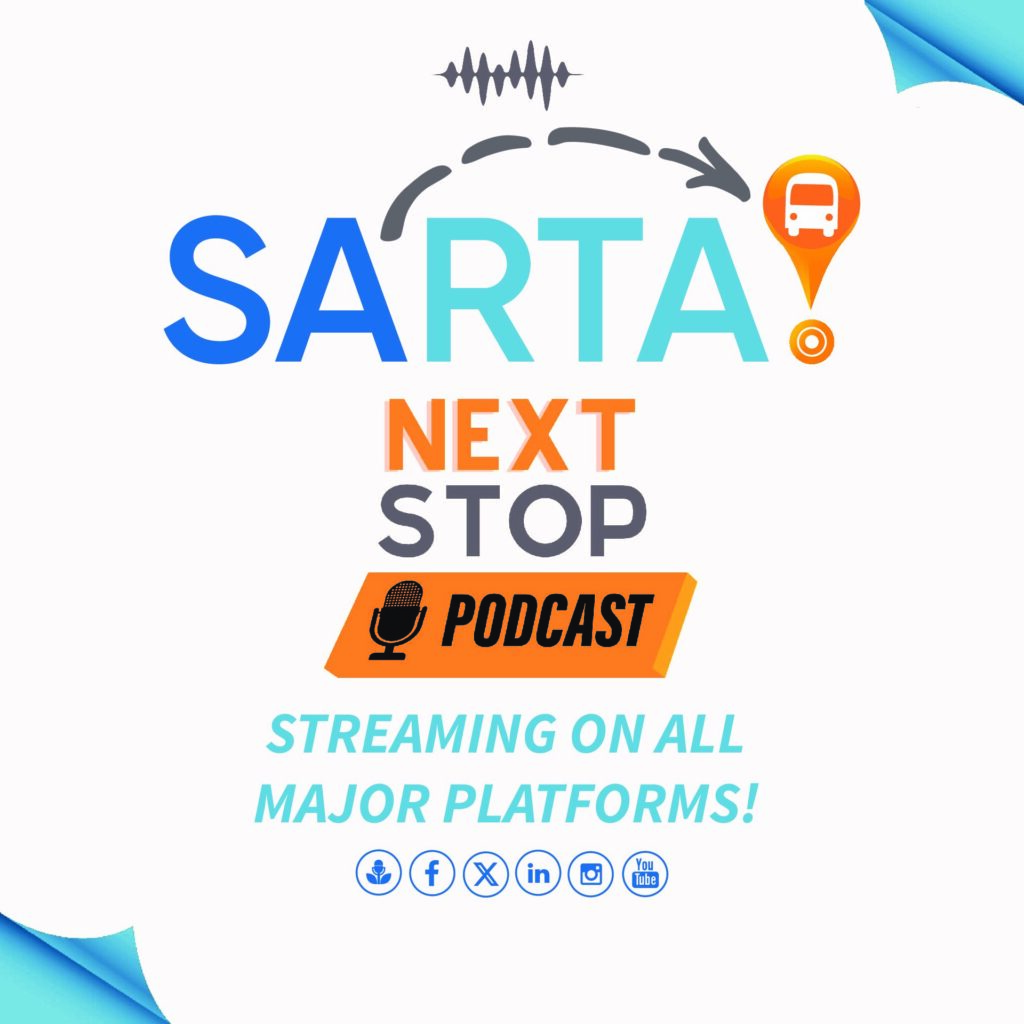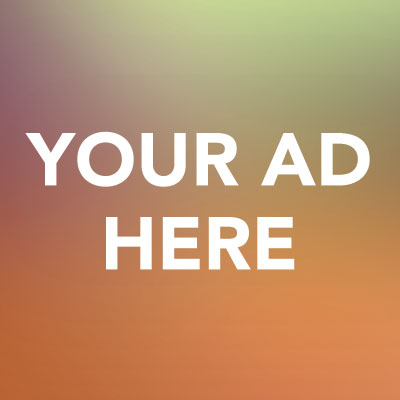
While riding the C&O/Greater Allegheny Passage (GAP) bike trail in June of last year, I was reminded that when camping all food should be stored away from the tent and hanging high from a tree branch. Stopping for the night in a remote GAP campground, I put our food in a dry bag and hung it in an adjoining shelter. We then put our bikes and tents in another shelter.
Later that evening, a racoon discovered I had left some snack food in my bike. After it knocked the bike over onto my tent, it ran out and found the hanging food.
The racoon stood about 41 inches tall (the bag was 40 inches off the ground) and it was tearing the bottom of the food bag. After cautiously convincing the racoon to leave, we had the opportunity to be up at 3 a.m. repairing a tent and re-hanging the food properly from a tree branch 10 feet off the ground. I then got to stand guard the remainder of the morning as the racoon repeatedly returned until daylight. What a way to be reminded to do things right the first time!

This and many other discoveries were part of a new adventure after my wife dropped me off in Washington, DC, and I rode my bike 5 days to Pittsburgh, Pennsylvania, self-supported using the camping facilities along the way. I have ridden the trails twice before with friends and family on the GAP (Pittsburgh to Cumberland, Maryland) and C&O (Cumberland to Washington) trails using the great B&B/hotel system. These trips were great with the first trip vehicle supported as I rode a standard Trek Road bike. The second time my wife and I hauled our gear riding a tandem and pulling a trailer.
For this adventure, I discovered a great trip with a trail that provides two different camping perspectives. After riding about 30 miles out of Washington, the C&O trail had campgrounds providing an outdoor toilet and usually a pump well roughly every 10 miles. The GAP trail had a greater mix of camp area types and they were spread out a bit further. The campgrounds were never overcrowded as a random number of riders settled in each evening. It was also great to ride until you felt like stopping. There were enough camp sites that I could stop earlier if I wanted to explore, or go further if I felt like a longer ride.

Camping the rail was a great opportunity to meet independent and adventurous folks. After the first day, I met a rider heading north after having just ridden from Pittsburgh. I met another rider who was riding an e-bike from New York City to Seattle. For most of the remainder of the ride we either rode together or at least ended up in most of the same camp areas.
We also met numerous other great people. The variety of people was driven by most riders having a different pace or picking different camp sites. It was great for meeting new people whether on the trail, at a small tent village on the C&O, in a shelter in a town, or at a GAP campground. Most of the campers shared resources and stories during the evenings and the camping provided a level of friendship/support not seen in the B&B/hotel format.
There are many questions asked about various types of bikes to ride and how many repair parts you should carry with you. The trail is rougher on the C&O, but both trails are passable for all kinds of bikes. Although any well-maintained bike will work, I recommend using a more forgiving bike with wider tires. The road/race bike was physically rough on the rocky parts of the C&O.
I rode with people using different types and ages of bikes and we had no issues or mechanical breakdowns. What also sets this trail apart from others is you are never totally alone; help and supplies are relatively close and fellow riders will be encountered throughout the day, especially in the summer.

Additionally, I did bring a camp stove for great coffee and oatmeal in the morning, while finishing in the evening with chicken ramen and tuna fish. During the day, restaurants and stores were usually available for lunch. I also carried snacks to munch on while on the trail.
For those not inclined to camp on the trail, there are numerous hotels, cabins and B&Bs along the way that are more than comfortable and accommodating.
I recommend looking at the following three resources to complete your planning for the ride. The C&O and GAP Trail guide (gaptrail.org/before-you-go/trailguide/) includes details from restaurants to key points on the trail. The Facebook group Great Allegheny Passage/C&O Canal Enthusiasts includes many questions about the ride, actively follows many riders on their ride, and provides many daily changes in the route due to weather, etc. Finally, a list of all the camp sites available along the way can be found on the web site https://gaptrail.org/before-you-go/camping/.
Hope to see you on the trail in the future!
Bikepacking on the C&O/GAP Trail






